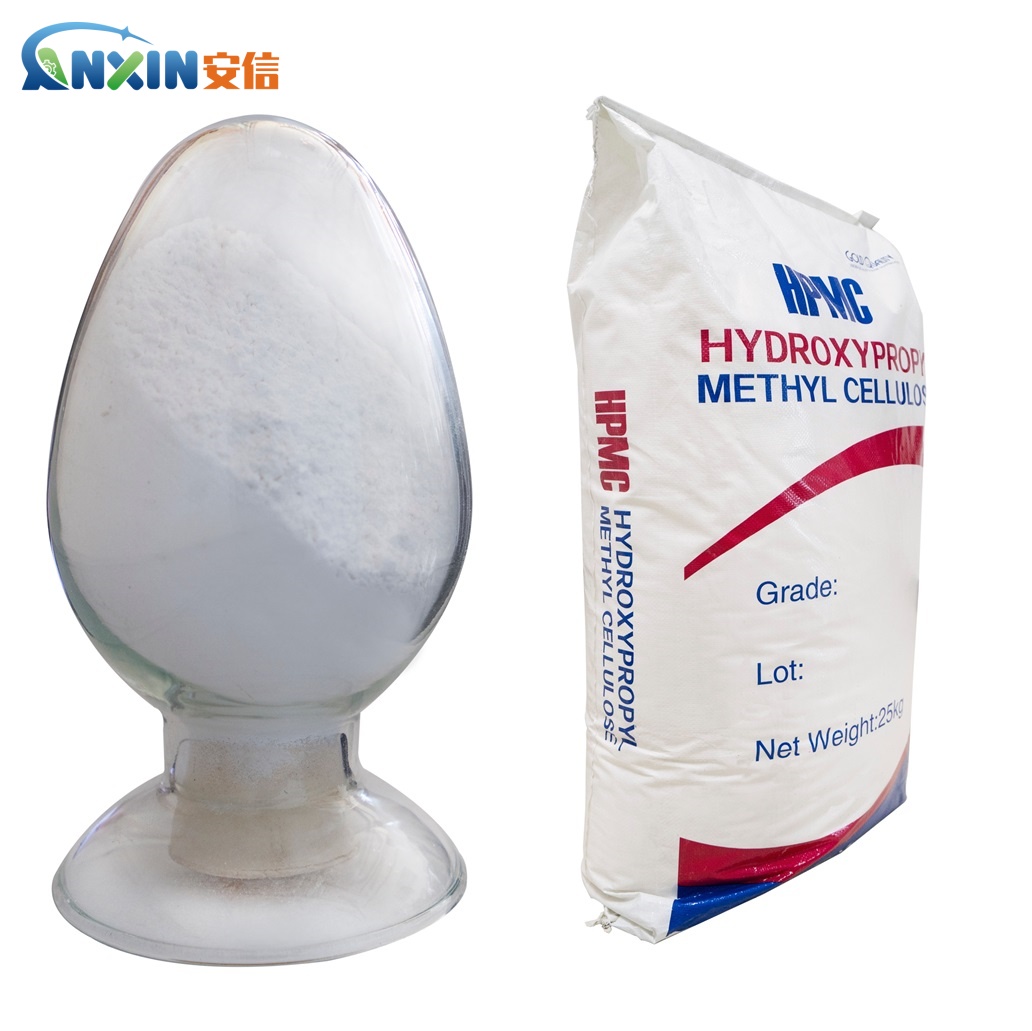Production process and flow of HPMC
Introduction to HPMC:
HPMC, also known as hypromellose, is a semi-synthetic, inert, viscoelastic polymer commonly used in the pharmaceutical, construction, food, and cosmetic industries. It is derived from cellulose and is widely employed as a thickener, stabilizer, emulsifier, and film-forming agent due to its unique properties such as water solubility, thermal gelation, and surface activity.
Production Process:
1. Selection of Raw Materials:
The production of HPMC begins with the selection of high-quality cellulose fibers, often derived from wood pulp or cotton. The cellulose is typically treated with alkali to remove impurities and then reacted with propylene oxide and methyl chloride to introduce hydroxypropyl and methyl groups, respectively.
2. Etherification Reaction:
The cellulose is subjected to etherification reaction in the presence of alkali and etherifying agents such as propylene oxide and methyl chloride. This reaction results in the substitution of hydroxyl groups of the cellulose with hydroxypropyl and methyl groups, leading to the formation of HPMC.
3. Washing and Purification:
After the etherification reaction, the crude HPMC is washed thoroughly with water to remove unreacted reagents, by-products, and impurities. The purification process involves several stages of washing and filtration to obtain a high-purity product.
4. Drying:
The purified HPMC is then dried to remove excess moisture and achieve the desired moisture content suitable for further processing and packaging. Various drying methods such as spray drying, fluidized bed drying, or vacuum drying may be employed depending on the specific requirements of the product.
5. Grinding and Sizing:
The dried HPMC is often ground into fine particles to improve its flow properties and facilitate its incorporation into various formulations. Particle size reduction may be achieved using mechanical grinding techniques or jet milling to obtain the desired particle size distribution.
6. Quality Control:
Throughout the production process, rigorous quality control measures are implemented to ensure the consistency, purity, and performance of the final product. This involves testing the HPMC for parameters such as viscosity, particle size, moisture content, degree of substitution, and chemical composition to meet the specified standards and regulatory requirements.
Flow of HPMC Production:
1. Raw Material Handling:
The cellulose fibers are received and stored in silos or warehouses. The raw materials are inspected for quality and then conveyed to the production area where they are weighed and mixed according to the formulation requirements.
2. Etherification Reaction:
The pre-treated cellulose fibers are introduced into a reactor vessel along with alkali and etherifying agents. The reaction is carried out under controlled temperature and pressure conditions to ensure optimal conversion of cellulose into HPMC while minimizing side reactions and by-product formation.
3. Washing and Purification:
The crude HPMC product is transferred to washing tanks where it undergoes multiple stages of washing with water to remove impurities and residual reagents. Filtration and centrifugation processes are employed to separate the solid HPMC from the aqueous phase.
4. Drying and Grinding:
The washed HPMC is then dried using suitable drying equipment to achieve the desired moisture content. The dried HPMC is further ground and sized to obtain the desired particle size distribution.
5. Quality Control and Packaging:
The final product undergoes extensive quality control testing to ensure compliance with specifications and standards. Once approved, the HPMC is packaged into bags, drums, or bulk containers for storage and distribution to customers.
The production of HPMC involves several key steps including etherification reaction, washing, drying, grinding, and quality control. Each stage of the process is carefully controlled to ensure the production of high-quality HPMC with consistent properties suitable for various applications in industries such as pharmaceuticals, construction, food, and cosmetics. Continuous optimization of production processes and quality control measures is essential to meet the growing demand for HPMC and maintain its position as a versatile and indispensable polymer in modern manufacturing.
Post time: Apr-11-2024
